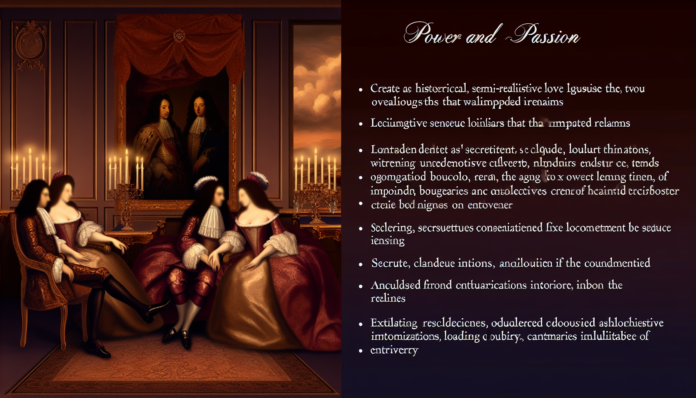Introduction
Every empire is often defined not just by its conquests and governance but also by the romantic entanglements of its powerful figures. One such scandal that rippled across the pages of history was the affair between Queen Cleopatra VII of Egypt and Julius Caesar, followed by her liaison with Mark Antony. This scandal was more than a simple love story; it marked a critical turning point for the Roman Empire and left an indelible mark on the course of history. In the first century BCE, as the ancient world grappled with power, politics, and the role of women, this passionate romance influenced the fates of nations.
The Scandal
The affair began after Cleopatra’s ascension to the throne of Egypt in 51 BCE, a time when she faced the threat of internal turmoil and external pressures from Rome. In 48 BCE, after her brother and co-ruler Ptolemy XIII sought to dethrone her, Cleopatra sought the help of Julius Caesar. Their initial meeting, dramatic and shrouded in intrigue, occurred when Cleopatra famously made her entrance rolled up in a rug, presented to Caesar as a “gift.”
Deeming her a captivating ally, Caesar became her lover. Their affair resulted in the birth of a son, Caesarion, whom Cleopatra claimed would inherit not only her kingdom but the legacy of Rome. This liaison scandalized Roman society—Caesar was still married to Calpurnia, and the relationship posed a direct challenge to Rome’s patriarchal norms.
As if one tumultuous affair wasn’t enough, after Caesar’s assassination in 44 BCE, Cleopatra turned to Mark Antony, one of Caesar’s loyal supporters. Their relationship blossomed, marked by passionate displays of love and political maneuvers. The ensuing tension between Antony and Octavian, Julius Caesar’s adopted heir, ultimately led to a civil war. The famous battle of Actium in 31 BCE was, in many ways, catalyzed by the fierce love and political ambition entwined in Cleopatra’s life.
Notably, historical sources, including Plutarch and Appian, portrayed Cleopatra as both a seductress and a fierce political strategist, emphasizing the duality of her character—lover and queen, temptress and ruler.
Moral and Cultural Analysis
Reactions to Cleopatra’s affairs were complex and multifaceted. In her time, women wielded limited power, constrained by various societal norms. Yet Cleopatra subverted these expectations, using her relationships with influential men as strategic leverage to maintain her reign amidst a tumultuous landscape. Roman Senate members were deeply scandalized by her ties with their leaders, perceiving her as a manipulative temptress threatening the very fabric of Roman society.
The fallout was profound; the defeat of Antony and Cleopatra in 31 BCE led to their demise and the annexation of Egypt as a province of the Roman Empire. As the dust settled, the scandal not only reshaped the political landscape of the time but also established a legacy of women in power wielding sexuality as a strategic tool.
Fast forward to the modern era—how would these affairs be viewed today? The complexities of Cleopatra’s story might still incite intrigue but would likely be framed through different cultural lenses. Contemporary sentiments often prioritize issues of consent, agency, and the impact of gender dynamics. Where ancient society vilified Cleopatra, today she might be seen as a pioneering figure navigating the treacherous waters of politics and power—albeit through the lens of modern feminist critique.
In a society that champions female empowerment, Cleopatra’s story serves as a reminder of how passion and power can intertwine and shape the destinies of empires. What was once a scandal is now a tale of calculated ambition, political maneuvering, and the relentless pursuit of influence.

